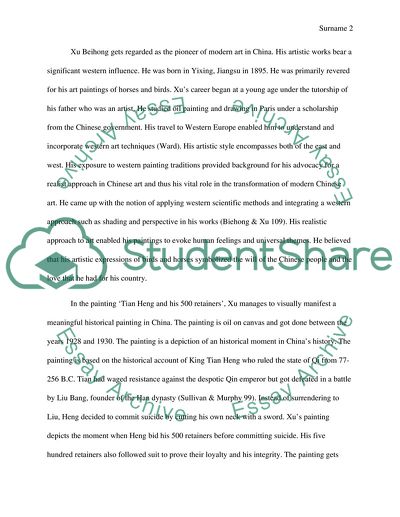Cite this document
(Modern Art in China and the Aspect of Realism Article Example | Topics and Well Written Essays - 1250 words, n.d.)
Modern Art in China and the Aspect of Realism Article Example | Topics and Well Written Essays - 1250 words. https://studentshare.org/visual-arts-film-studies/1632500-modern-art-in-china-and-the-aspect-of-realism
Modern Art in China and the Aspect of Realism Article Example | Topics and Well Written Essays - 1250 words. https://studentshare.org/visual-arts-film-studies/1632500-modern-art-in-china-and-the-aspect-of-realism
(Modern Art in China and the Aspect of Realism Article Example | Topics and Well Written Essays - 1250 Words)
Modern Art in China and the Aspect of Realism Article Example | Topics and Well Written Essays - 1250 Words. https://studentshare.org/visual-arts-film-studies/1632500-modern-art-in-china-and-the-aspect-of-realism.
Modern Art in China and the Aspect of Realism Article Example | Topics and Well Written Essays - 1250 Words. https://studentshare.org/visual-arts-film-studies/1632500-modern-art-in-china-and-the-aspect-of-realism.
“Modern Art in China and the Aspect of Realism Article Example | Topics and Well Written Essays - 1250 Words”. https://studentshare.org/visual-arts-film-studies/1632500-modern-art-in-china-and-the-aspect-of-realism.


